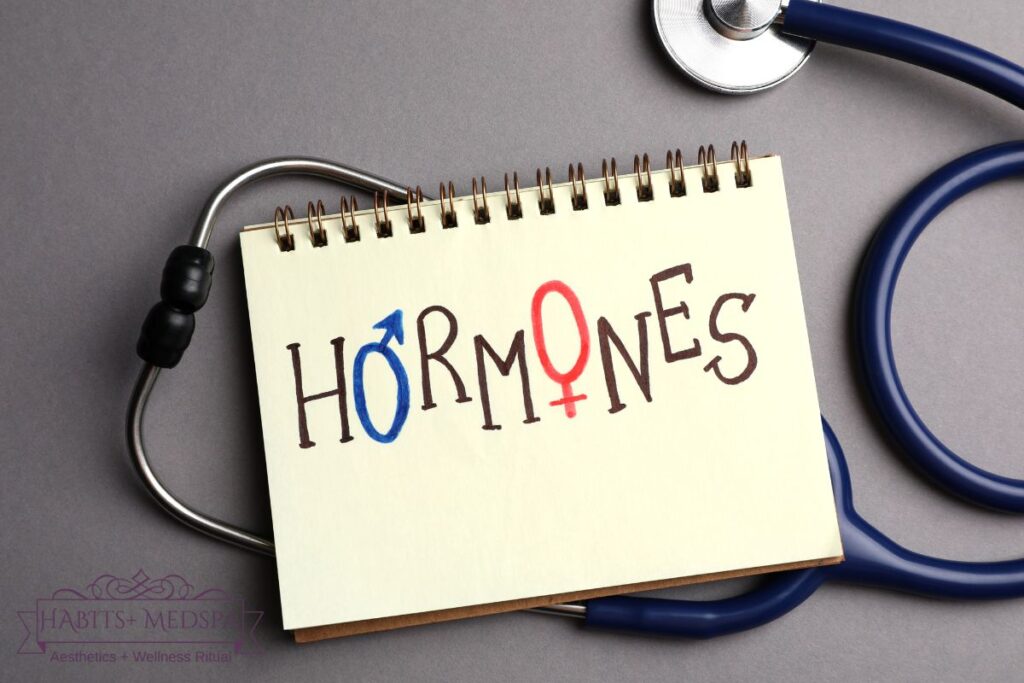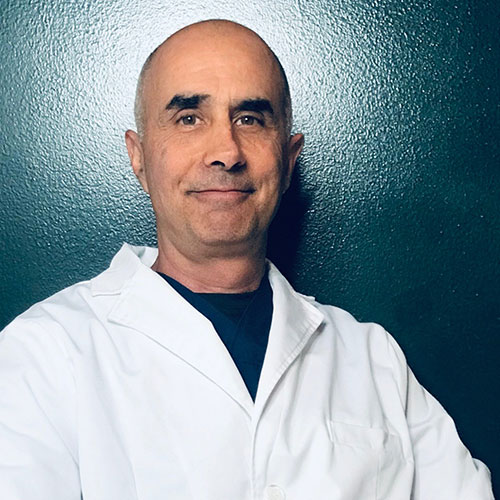The Birth of Bio-Identical Hormones

The story of bio-identical hormones can be traced back to the late 19th and early 20th centuries when scientists first discovered the pivotal role of hormones in the body. Hormones, chemical messengers in the body, regulate numerous processes, including growth, metabolism, and reproduction. However, hormonal imbalances can lead to a host of health issues, prompting researchers to explore therapeutic approaches to restore hormonal harmony.
The development of bio-identical hormones, also known as natural hormones, began with the isolation of estrone, one of the three primary estrogens in the human body, in 1929. The term “bio-identical” refers to hormones that have a molecular structure identical to those produced in the human body, making them a natural choice for hormone replacement therapy (HRT).
Bio-Identical Hormones: The Era of Innovation
The significant turning point in the history of bio-identical hormones was the development of Premarin in the 1940s, the first commercially available estrogen replacement made from pregnant mares’ urine. Despite its widespread use, many women experienced side effects due to its animal-derived hormones, not identical to human hormones.
This highlighted the need for a more compatible hormone replacement, leading to the innovation of bio-identical hormones. By the late 20th century, pharmaceutical companies began developing bio-identical hormones synthesized from plant sources like soy and wild yam, which could be converted into hormones identical to those found in the human body. These developments birthed popular FDA-approved bio-identical hormone products such as Estrace (estradiol) and Prometrium (progesterone).
Custom Compounded Bio-Identical Hormones
In addition to commercially available bio-identical hormones, custom-compounded formulations emerged in the late 20th and early 21st centuries. Compounding pharmacies could create personalized bio-identical hormones based on individual hormonal needs, often using saliva testing to assess a patient’s hormonal status.
However, it’s essential to note that while custom-compounded bio-identical hormones promise a personalized approach, they aren’t FDA-regulated. This means that their purity, potency, safety, and efficacy aren’t guaranteed in the same way as commercially available bio-identical hormones.
Pellet Hormone Injection Therapy: A Modern Approach
In the ongoing quest for more effective and convenient ways to deliver bio-identical hormones, pellet hormone injection therapy has emerged as a popular option. This method involves placing a pellet of bio-identical hormones under the skin, typically in the hip area. The pellet, about the size of a grain of rice, slowly releases hormones into the body over several months.
Pellet hormone therapy has several advantages, including stable, continuous hormone delivery, minimal side effects, and convenience due to less frequent dosing. While this method of delivery has gained popularity in recent years, it has been in use since the late 1930s, making it one of the oldest methods of administering hormones.
Reflecting on the Journey
The journey of bio-identical hormones is a fascinating one, reflecting medicine’s evolving understanding of hormonal health and technological advancements. From the discovery of hormones to the development of bio-identical hormones and the advent of pellet hormone injection therapy, the field has made tremendous strides in offering more natural and effective solutions for hormonal imbalances.
As we move forward, the horizon of bio-identical hormone therapy remains exciting. The ongoing research and innovations promise even more refined, personalized approaches to hormone health, ensuring that this journey continues to be a dynamic and transformative one. As we embrace these developments, we remain rooted in our goal: to optimize health and well-being through the power of bio-identical hormones.

